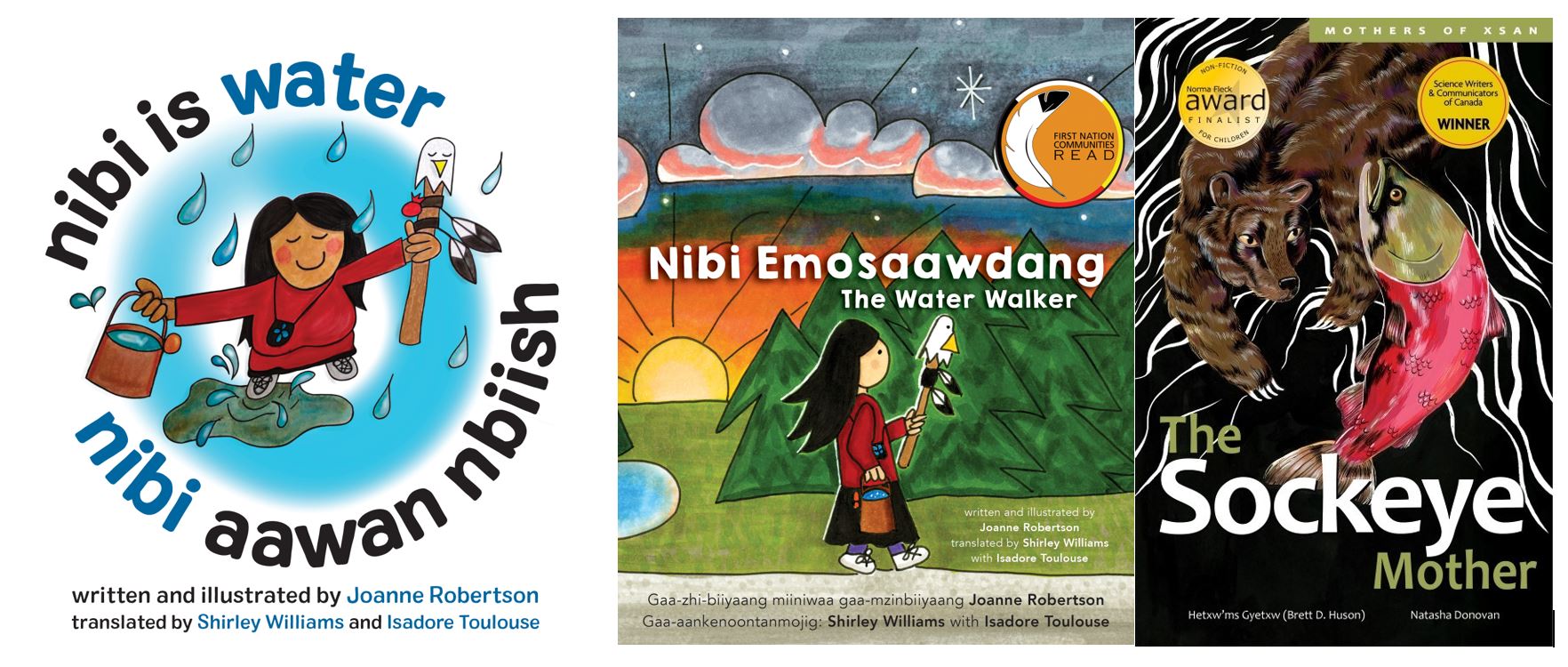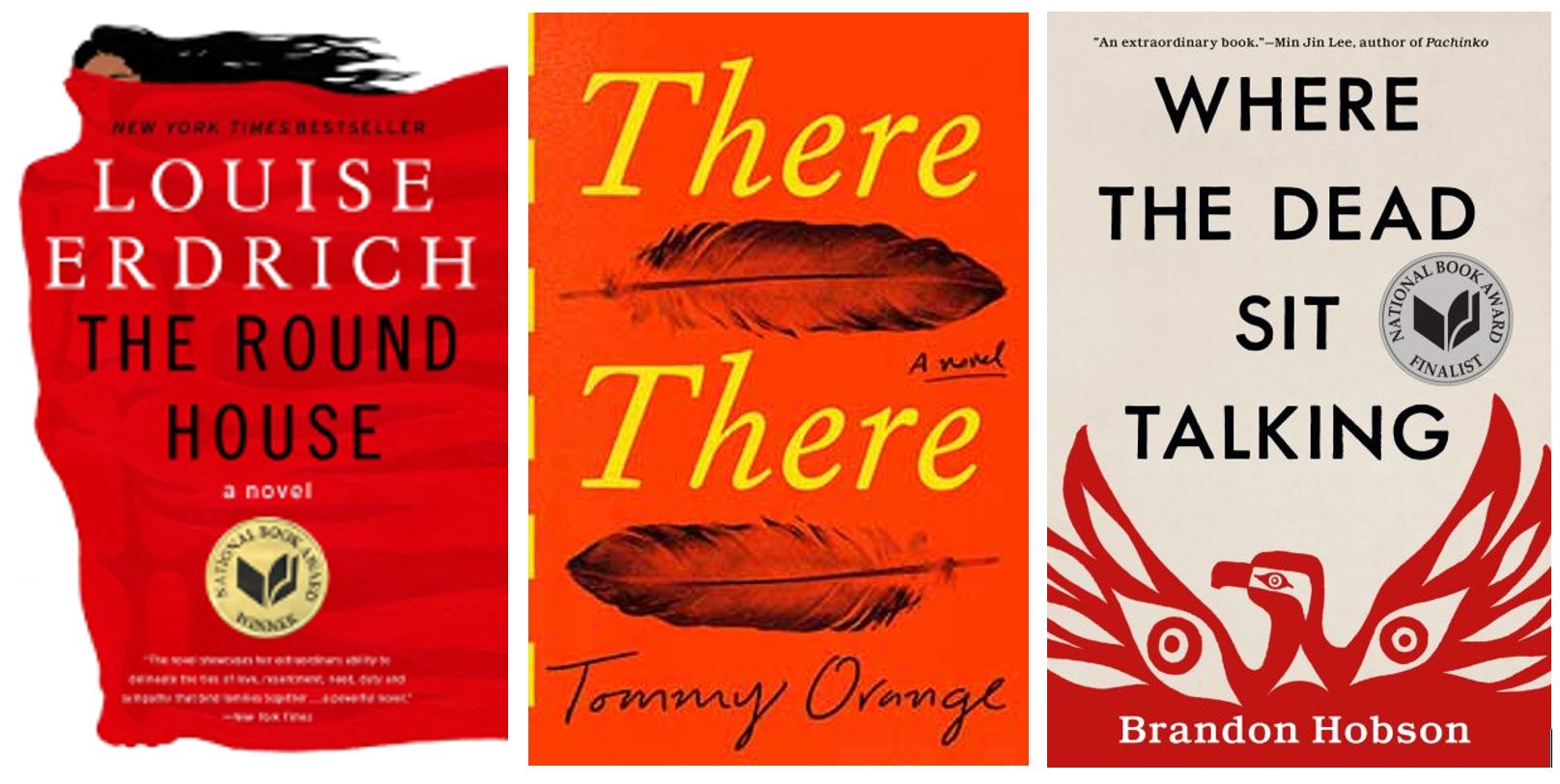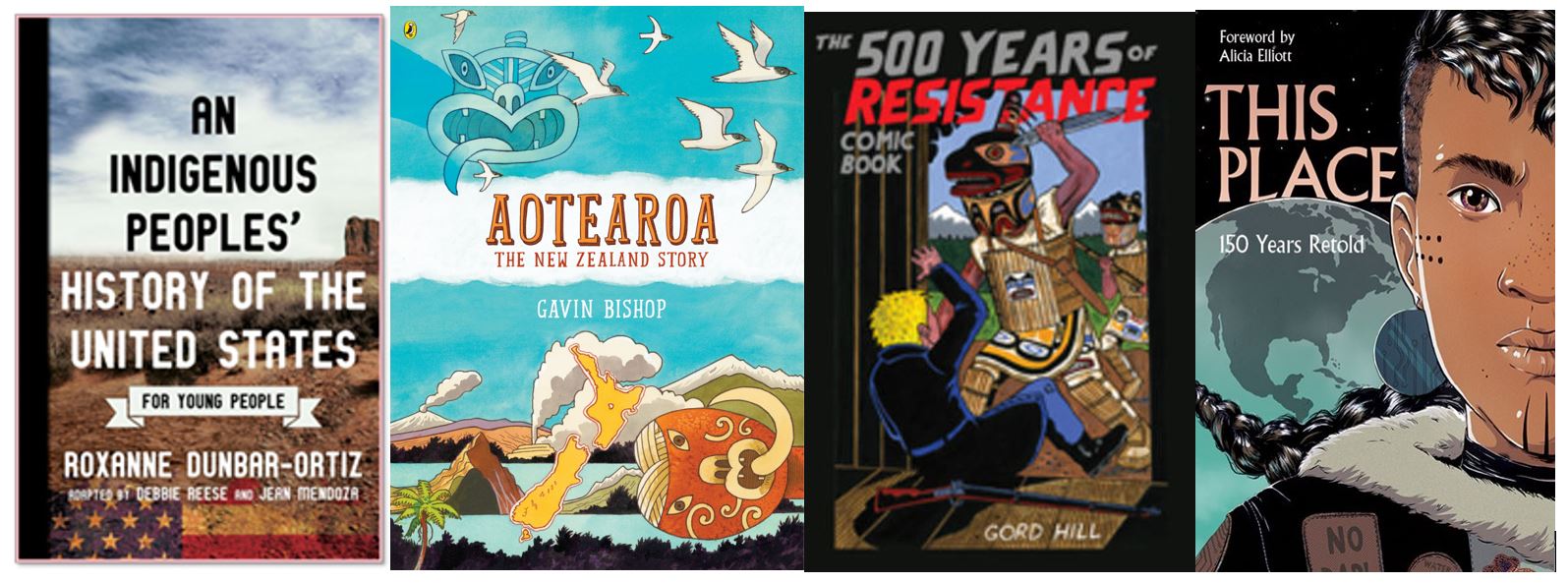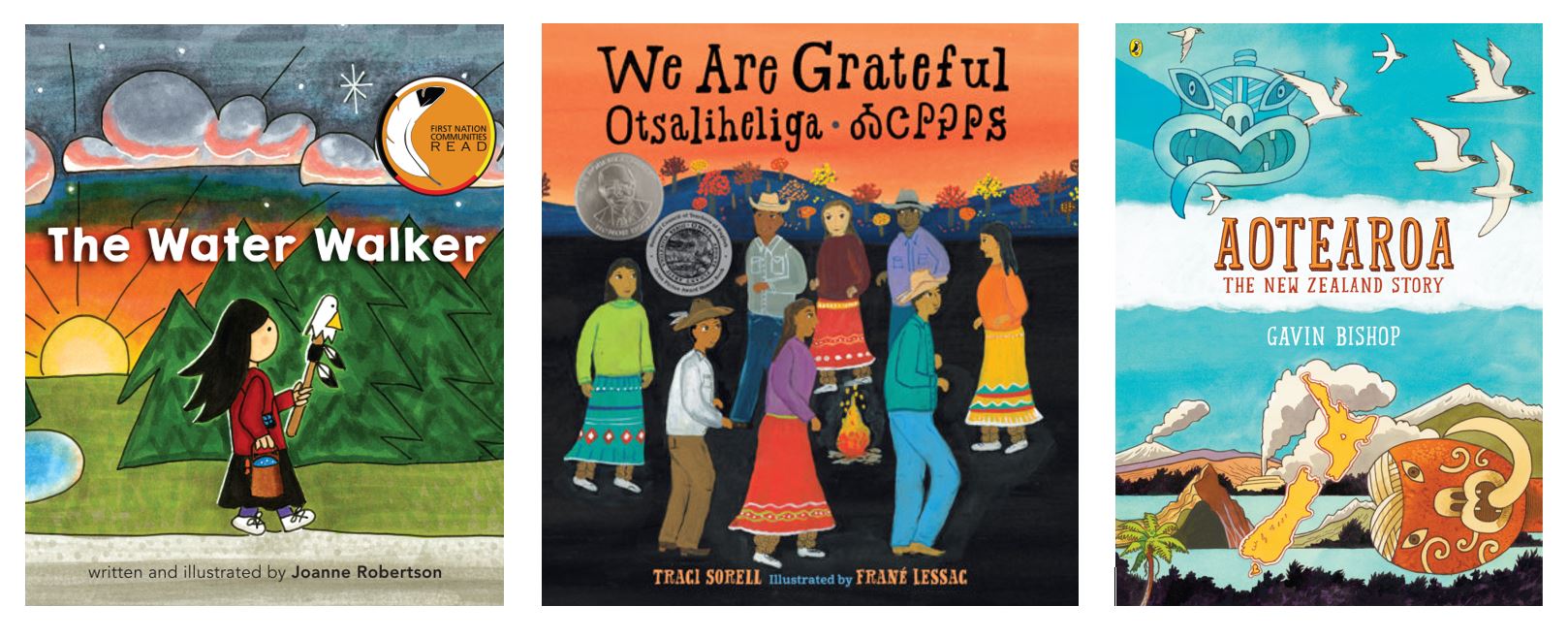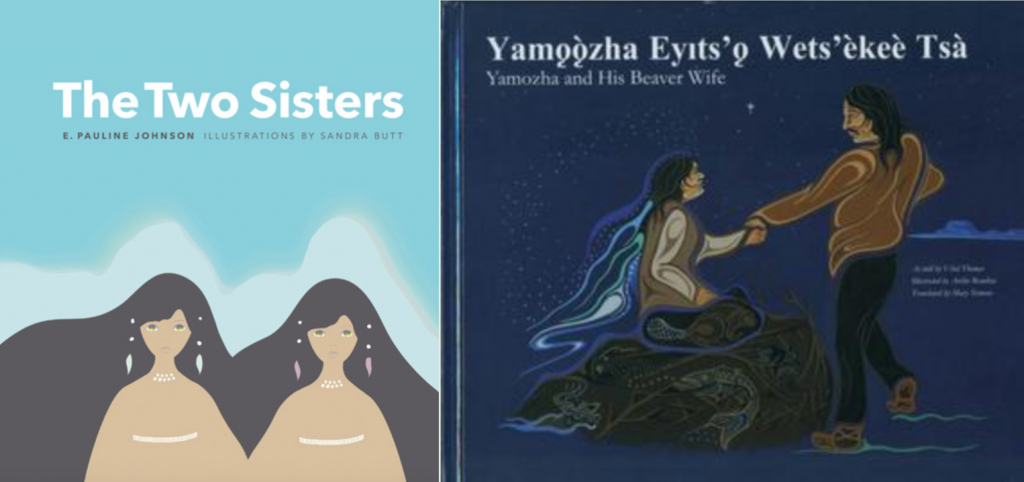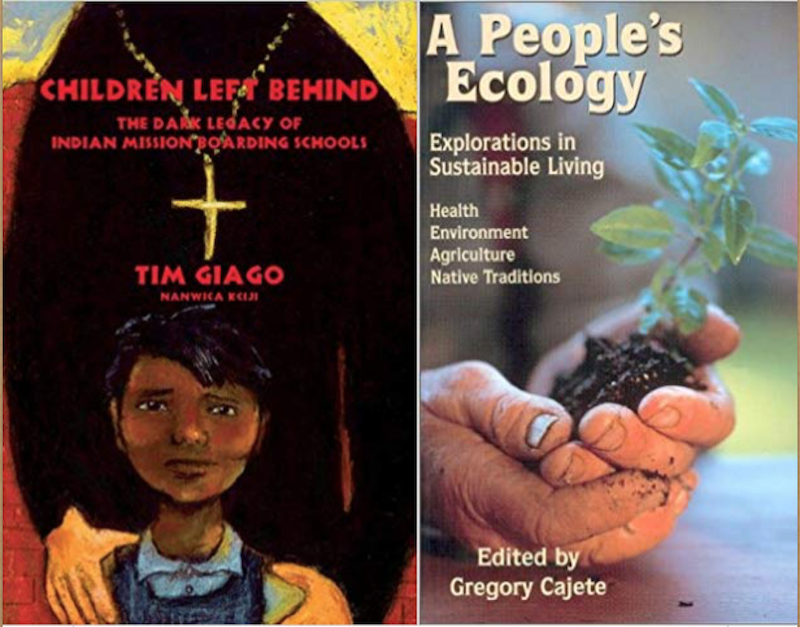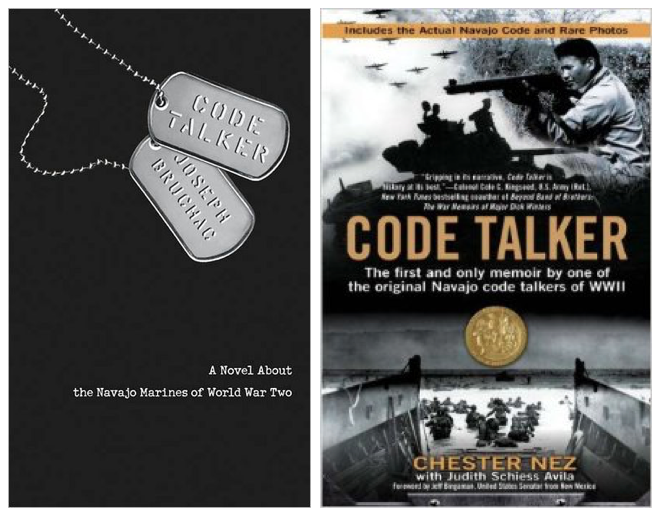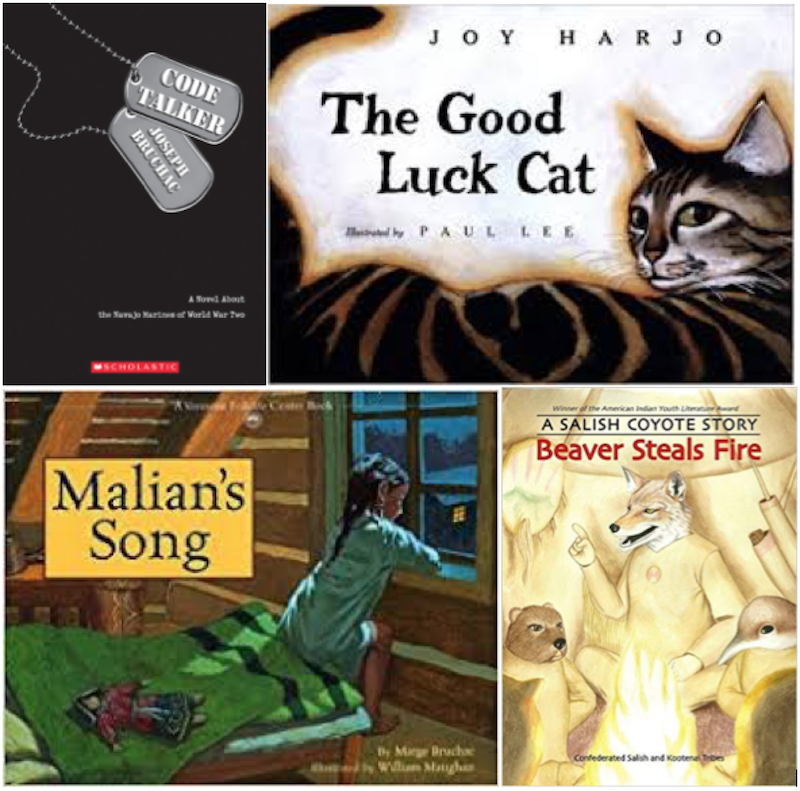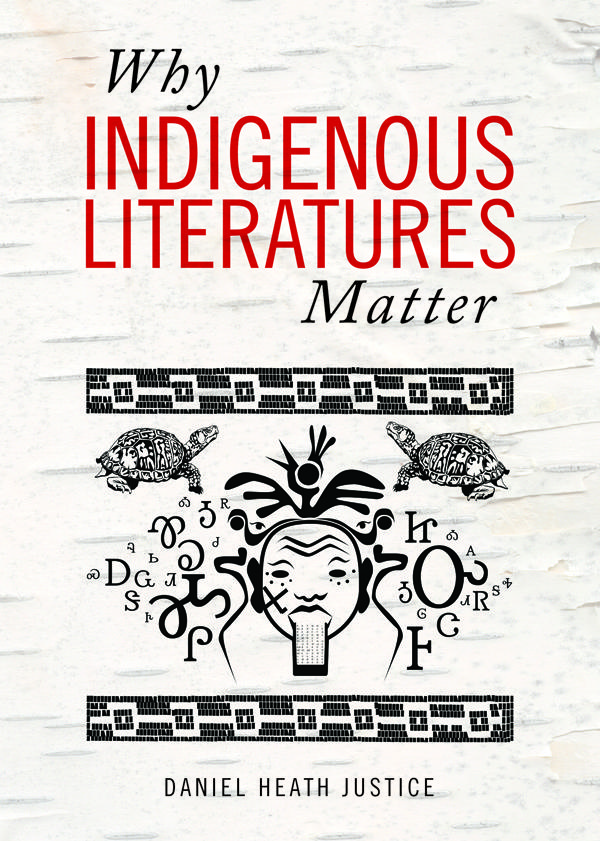By Celeste Trimble, St. Martin’s University, Lacey, WA
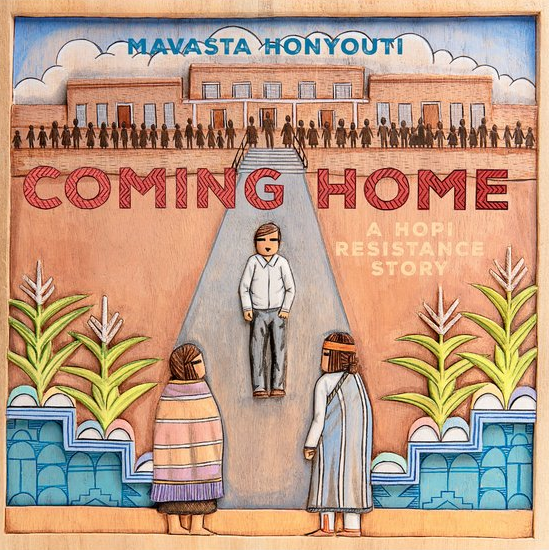 Children’s literature with a focus on the Hopi Tribe has almost exclusively been written by non-Indigenous people both in past and contemporary publishing. The romanticization of Hopi ways of life has inspired many books about the tribe from outsiders’ perspectives, yet there are increasing examples of contemporary children’s literature by Hopi creators that can be used as a counterstory to outsider perspectives. Coming Home: A Hopi Resistance Story by Mavasta Honyouti (Hopi), published November 5, 2024 by Levine Querido, stands out as an exceptional informational text from a Hopi perspective created for young readers. Continue reading
Children’s literature with a focus on the Hopi Tribe has almost exclusively been written by non-Indigenous people both in past and contemporary publishing. The romanticization of Hopi ways of life has inspired many books about the tribe from outsiders’ perspectives, yet there are increasing examples of contemporary children’s literature by Hopi creators that can be used as a counterstory to outsider perspectives. Coming Home: A Hopi Resistance Story by Mavasta Honyouti (Hopi), published November 5, 2024 by Levine Querido, stands out as an exceptional informational text from a Hopi perspective created for young readers. Continue reading


